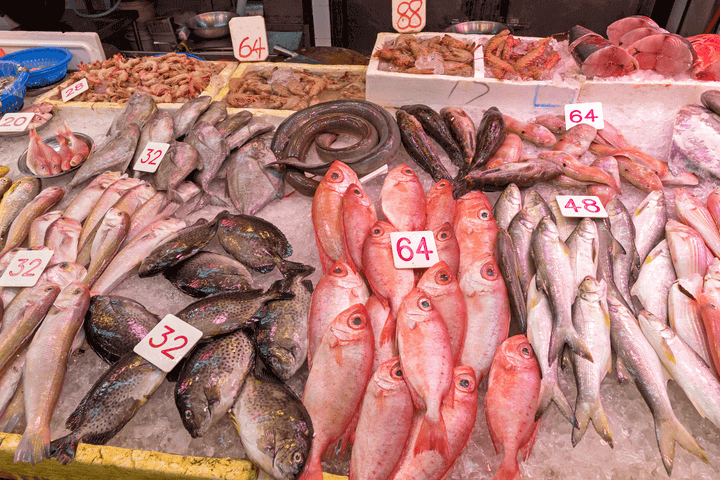In this the centennial year of the great 1918 pandemic, I was invited to speak at a special symposium on emerging infectious diseases at the renowned Pasteur Institute in Paris. One presentation that was both fascinating and alarming was on viruses in fish. I haven’t eaten raw fish since. When I heard that, in mid-December, a new form of pneumonia had struck a seafood market in Wuhan, central China, it seemed like a new fish disease affecting humans might have finally emerged. It turns out that the seafood market at the center of the outbreak also sold live animals and meat from wildlife such as snakes and marmots, and a wildlife primary infection source is most probable.

The new virus has been rapidly identified by Chinese scientists as a coronavirus, a common virus group which causes respiratory tract infections. This is the third new coronavirus causing outbreaks in the past twenty years, following outbreaks of SARS (Severe Acute Respiratory Syndrome) and MERS (Middle East Respiratory Syndrome).
On a global scale, according to World Health Organization, about eight thousand people worldwide became sick with SARS during the 2003 outbreak and about ten percent of them died. This caused a major healthcare crisis in Asia, resulting in damaging economic disruption, especially to travel. In late April 2003, the deputy Singapore prime minister warned of an impending catastrophe if the disease was not controlled.
The primary infection sources of SARS were bats. From a complete sequence of the virus’s genome by the Chinese health authorities, the new coronavirus is more than 87 percent similar to a virus that originates in bats and is in the same family as the SARS virus. But that does not necessarily mean it comes from bats: MERS is 88 percent identical to the nearest known bat virus, and MERS is endemic in camels.
Public health focus is now on identifying the animal species that transmitted the new coronavirus to humans and determining whether exposure to those animals poses a threat of outbreaks in other areas. Fortunately, there is no evidence of human-to-human contagion. In particular, neither family members of pneumonia cases who themselves were not at the seafood market, nor healthcare workers, have received secondary infections.
Wuhan officials have reported that forty-one patients have been diagnosed with the new coronavirus pneumonia, and two have been discharged from the hospital. Seven had severe infections, and one patient died. He was a 61-year-old man who had chronic liver disease and was a frequent customer at the seafood market.
Because infectious diseases can spread exponentially through a human population, early detection and warning are crucial for averting a pandemic. The emergence of any new lethal virus presents a learning opportunity for risk stakeholders, which include insurers as well as public health officials.
Surveillance of food markets in China is one of a range of important public health measures that can mitigate pandemic risk. Risk analysts also need to be vigilant. Even if this new virus did not originate from any fish in the Wuhan seafood market, it might have done. As and when a lethal virus does emerge from a Chinese fish market, it should not come as a surprise, and nobody should blame it on a Black Swan.








